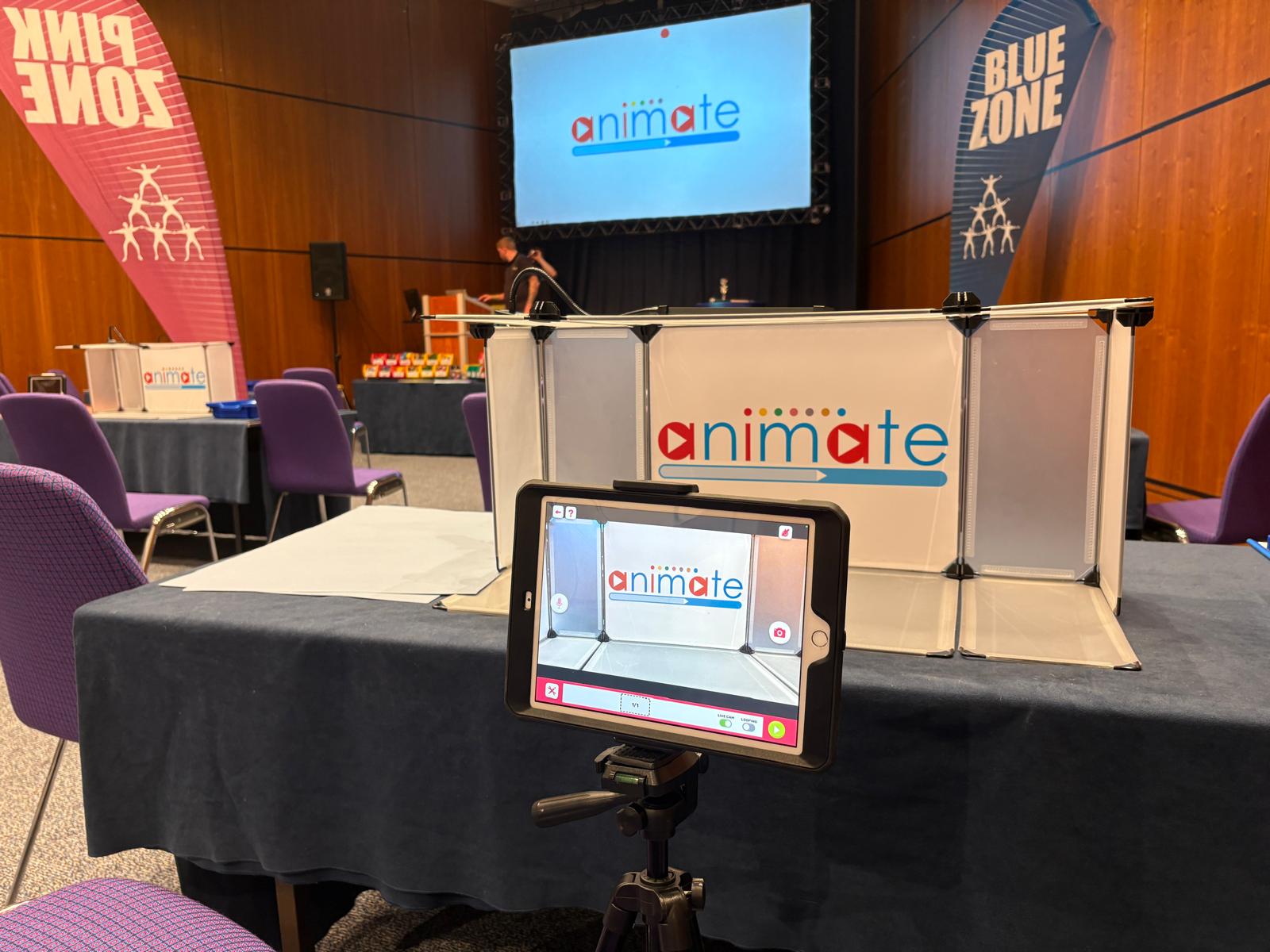When a team walks into an event, the first few minutes carry real weight. People arrive with mixed feelings. Some are curious, others are cautious and a few may quietly wonder if this is another box-ticking exercise. The energy in the room at that point shapes their frame of mind for the rest of the session.
Our co-directors discussed this topic in a recent podcast, with Jonathan Hazley emphasising the importance of “getting energy in the room in that first five minutes.” A lively start signals that the session will be different from their usual working day. It gives permission to switch off from the day-to-day and engage with something new.

Building confidence early
For many clients, the biggest concern is whether their team will actually engage. At the beginning, people may be a little sceptical or unsure about what’s expected of them. A good opening quickly removes those doubts. Stephen Hazley shared his experience: “Sometimes you see the energy drop when people read ‘team building session’ on the agenda… then when we start to pump up the volume, their mindset changes completely.”
This shift is vital. It shows participants that the day isn’t about awkward exercises or forced fun, but about creating space for them to contribute, relax and get something meaningful out of the experience. Once those barriers are lowered, the rest of the session flows more naturally.
Experiencing the space differently
Many clients choose to use the same room for different activities during a team engagement day but making small changes to the way the space is presented will shape how people feel. Walking back into a room that’s been adapted, even in subtle ways, can shift the mood. It creates variety, breaks the routine and encourages people to re-engage.
Jonathan explained: “They’ve been in that conference room in the morning, they walk out and then come back in and to them it looks totally different. Those kind of things make a big impact and help people feel welcome and ready to go.”
Details such as playing music as people re-enter, a different seating layout or thoughtful changes to lighting can help participants feel they’re stepping into a space designed for interaction rather than another presentation.
Taking the impact back to work
A lot of value for clients often comes after the team building session is over. When the opening minutes spark energy and confidence, teams are more willing to contribute and work together. They leave not just with good memories but with a stronger sense of connection that continues back in the workplace.
Stephen explained it well: “Most people genuinely play full out, give it a hundred percent and learn a lot about themselves.” That willingness is what every organisation wants to see – individuals engaging, collaborating and taking something meaningful away.
Getting those first five minutes right is key to achieving that outcome. If you’d like to explore how to create the right tone from the very beginning of your next event, contact us to chat about how we can help.

